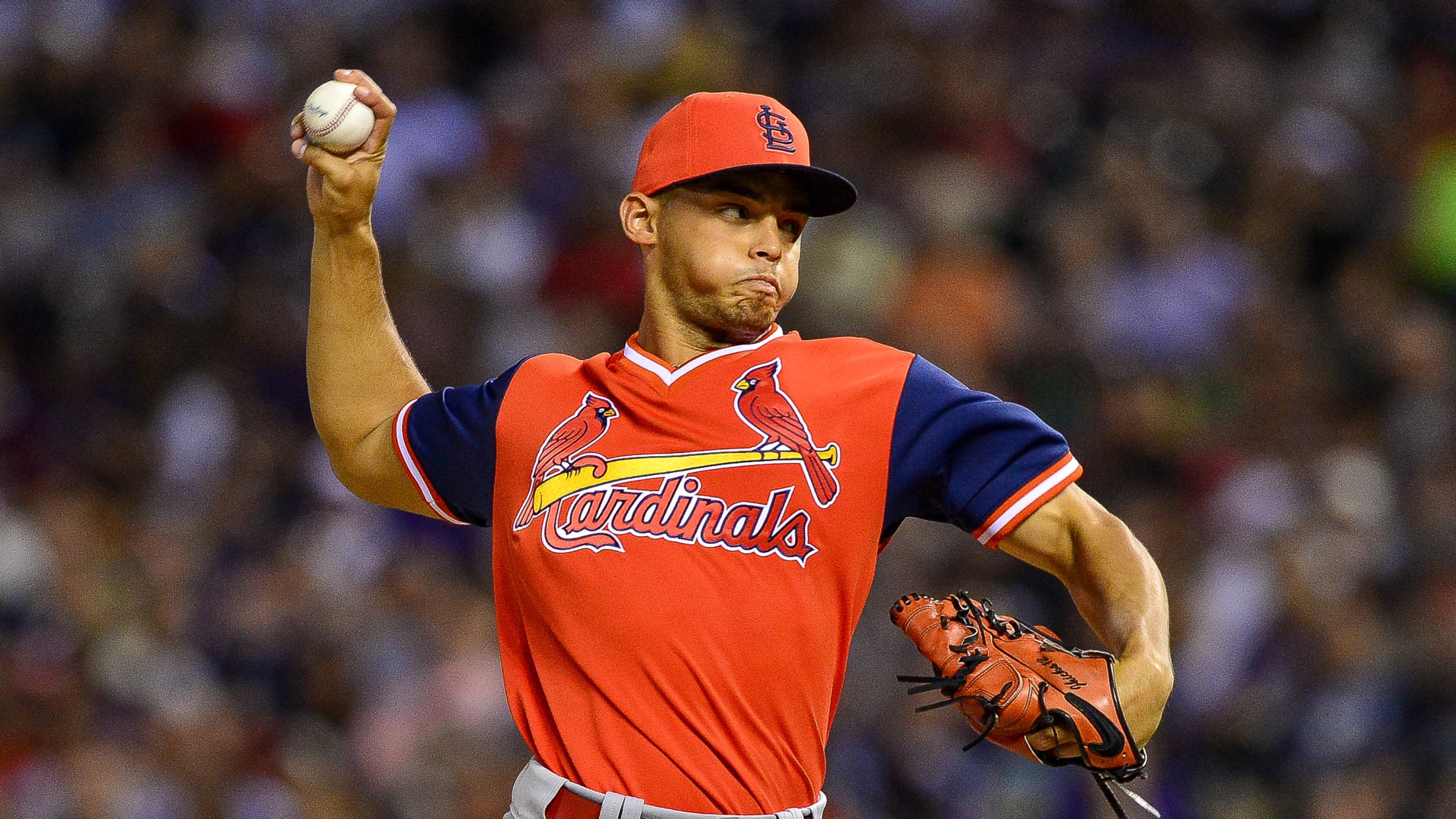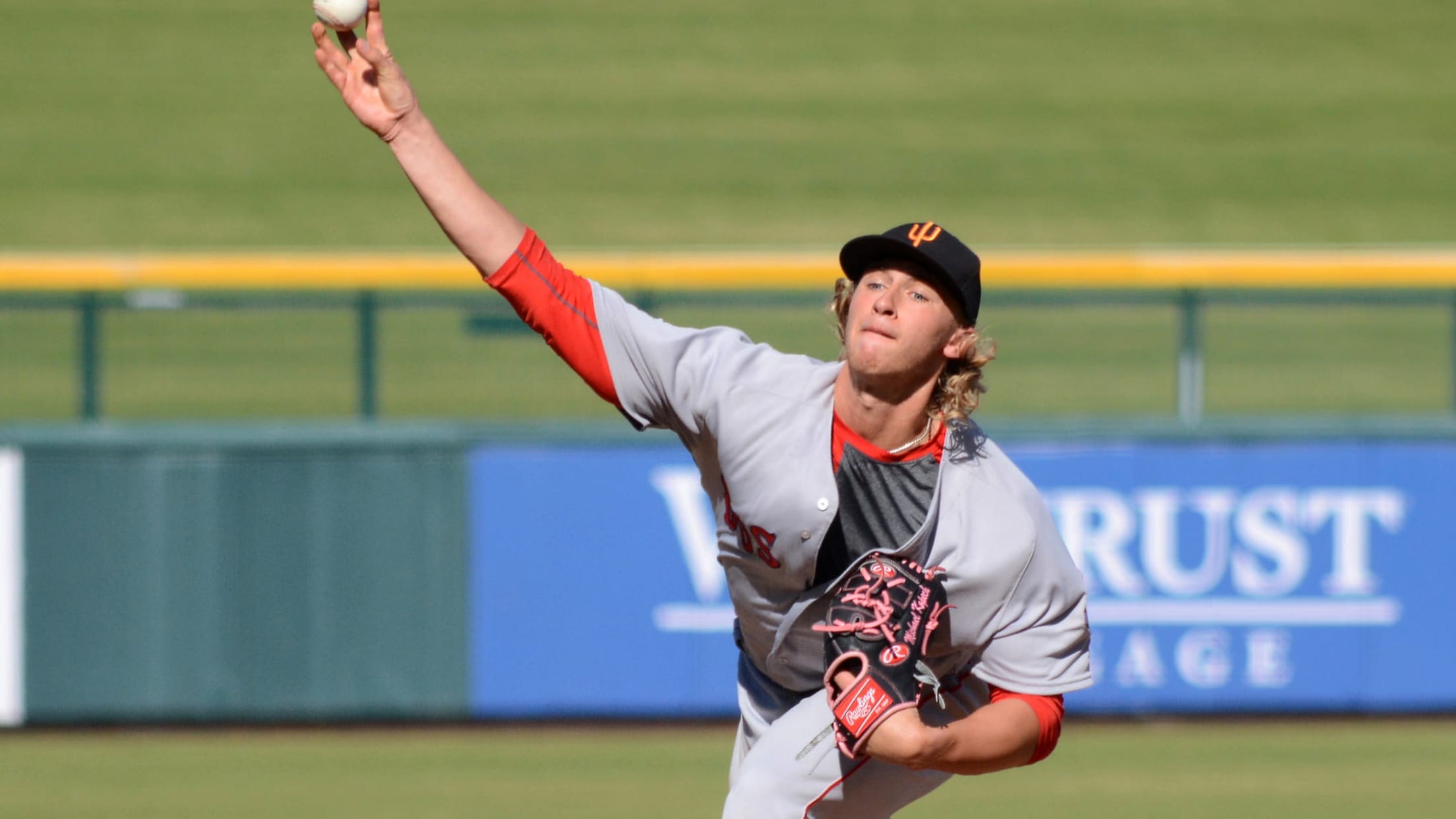Are pitchers really throwing harder than ever?

Put on a baseball game and you may feel like pitchers are throwing harder than ever. The radar guns in the ballpark or on the TV scoreboard seem to be constantly lighting up in numbers from the mid to upper 90s, and that seems unusual, right?
You're not seeing things. Pitchers are throwing harder than ever. In the last eight years, the league-average fastball has risen about 1 mile per hour. While that seems minor, it's actually an enormous boost over time. Ask any pitcher who loses a mile off their fastball, and they'll tell you how much easier it is for batters to square up on them at the lower speed.
Teams have always valued pitchers who can throw hard, and most of the best starters and relievers are those with giant, blink-and-you'll-miss-it-because-it-passed-you-ten-minutes-ago fastballs. But now, the emphasis on fastball velocity has become an obsession, and pitchers are discovering new ways of throwing even harder. Pitchers like
You may notice a slight dip in average velocity from 2017 to this season, but as September begins and teams fill out their bullpens with even more hard-throwing talent, it's quite possible that number will continue to climb.
But that's not the only interesting way fastball velocity has increased in the last decade. In 2008, there were only 196 triple-digit heaters thrown over the course of a full season. But for each of the last four years, we've seen over 1,000 pitches thrown over 100 mph.
While more pitches are reaching the triple-digit mark than ever before, the total number of starters able to reach that mark hasn't grown at the same rate. Eighteen pitchers managed it in 2008, and this year, 28 hurlers have accomplished it (with a month to go). That's a 50 percent jump over the past decade -- although, hidden in the middle was a very odd spike in 2015 when that number reached as high as 47 pitchers.
In April, biomedical engineer and research director of the American Sports Medicine Institute Glenn Fleisig told Wired Magazine, "I don't see [a pitcher's velocity] going much higher. I'm sorry to say that, but I don't see it happening. Baseball isn't like other sports, where we see people running faster or swimming harder or whatever, where today's records are smashing the records from 10 years ago."
Just recall: While
But baseball history is littered with people proclaiming that we've finally reached the peak of fastball velocity. We've heard, for years, that humans have pushed themselves to the limit. And yet, somehow, fastball velocity has continued to rise in the long run.
What do you think? Will velocity continue to rise, or will it hold steady?







